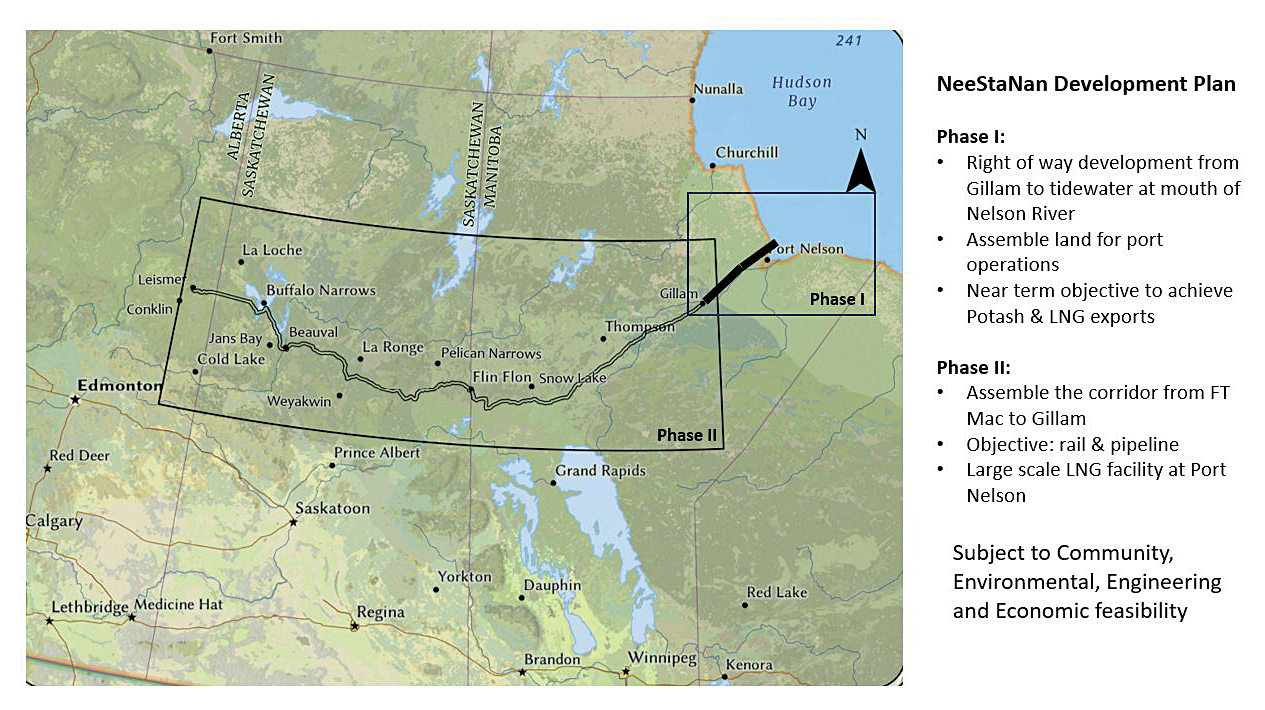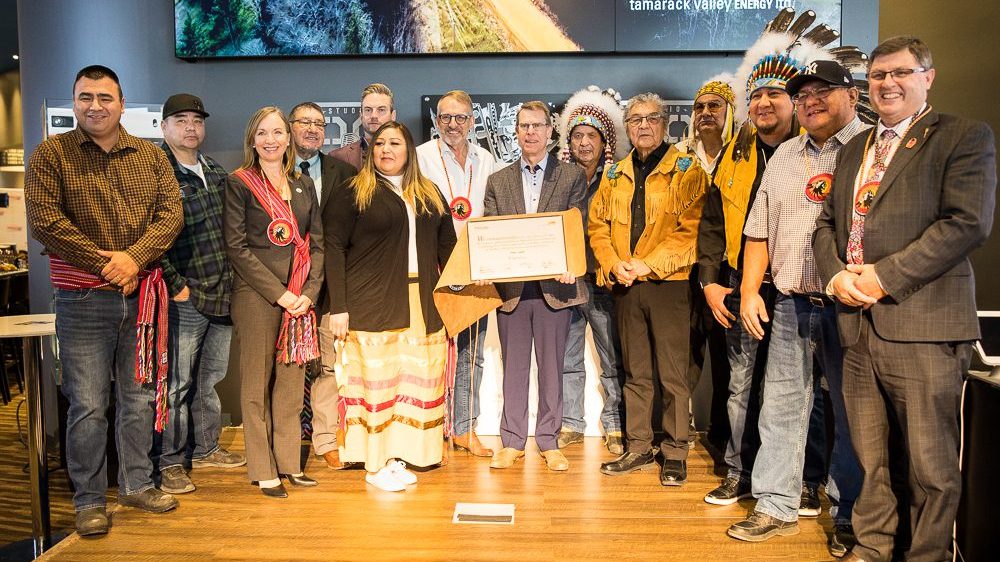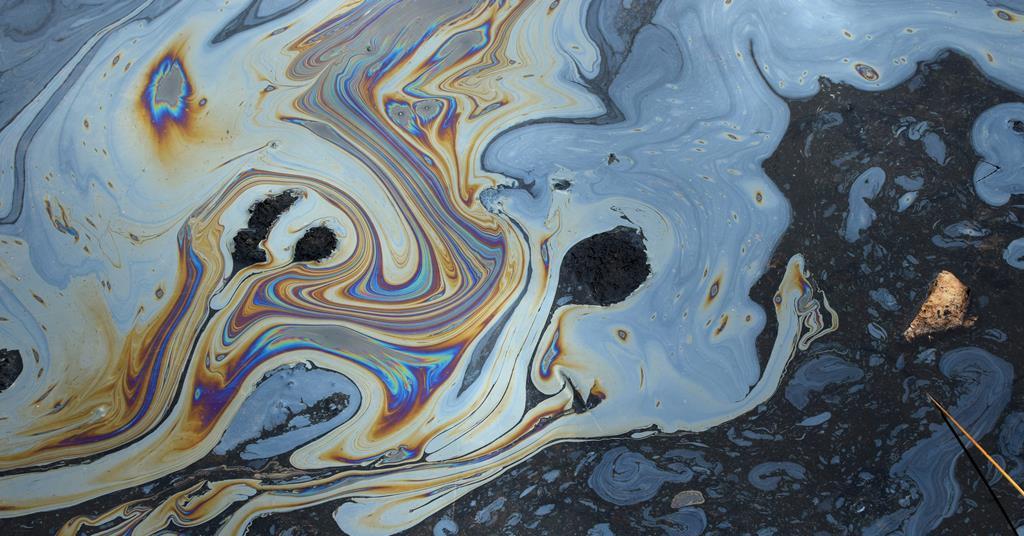With the assistance of ice-clearing systems.
Let us all continue to dream.
In 1957 the Trans-Canada Mainline opened delivering 300 Million cf per day. Now it delivers 6.2 Billion cf per day. This has been achieved by laying more pipe along the same route.
Adding an LNG refinery to Moosonee would be no different than adding a few more factories to Ontario, a couple million more Quebecers or even an LNG refinery in New Brunswick.
As to the notion that everything is finite..... Yes.
....
On that subject
Candidatus methanoliparia
Archaeon that breaks down long alkanes into methane and carbon dioxide could be used for energy recovery from depleted oil reservoirs

www.chemistryworld.com
A bug that converts coal and oil into methane/natural gas.
Methane is found in gas wells, oil wells, oil sands and coal mines.
Methane is hard to transport and dangerous.
Oil is easier to transport and differently dangerous.
Bitumen is easier to transport and less dangerous.
Coal is easier to transport and quite safe.
Perhaps we should be shipping coal and bitumen along with a package of bugs so that the end users can generate their own methane on site.
Home brew.
















